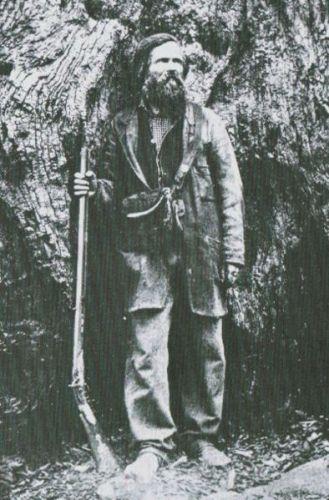Editor's note: Halloween is drawing near, so how about a spooky story? Andrea Lankford, author of the book 'Haunted Hikes: Spine-Tingling Tales and Trails from North America's National Parks', has given us permission to re-post some stories from her book. In this one the backdrop is Yosemite National Park and the story is handed down by Galen Clark, the park's first ranger.
The Yosemite Valley Pioneer Cemetery is a small graveyard. Only 36 of the 45 souls buried there have headstones. In the northwest corner, underneath the shade of five evergreens, a large but otherwise unpretentious hunk of granite marks the grave of the man some consider to be the first park ranger, Galen Clark, who became the park’s first civilian guardian in 1867.
For 20 years, Clark patrolled Yosemite as the administration of a new park bounced from federal to state hands and back again. During his time, the ranger planted six sequoia seedlings at a burial plot in the park cemetery. He cared and watered the trees for 20 years, until he died, at the age of 96, in 1910. Today, you can still see where the body of Yosemite’s first park ranger lies within the roots of the same trees he planted more than 100 years ago.
In September 1857, Galen Clark went on “a long tramp” to Grouse Lake, a small alpine lake “eight miles from the present site of Wawona.” While taking a break by the shore, Clark heard a “distinct wailing cry, somewhat like a puppy when lost.” He guessed that the cry was from a dog the Indians had left behind.
That night, Clark joined a band of Indians at their hunting camp and asked them about the sound he had heard. Here, in Clark’s own words, is what they told him.
“They replied that it was not a dog—that a long time ago an Indian boy had been drowned in the lake, and that every time anyone passed there he always cried after them, and no one dared go into the lake, for (the boy) would catch them by the legs and pull them down and they would be drowned. I then concluded that it must have been some unseen waterfowl that made that cry, and at that time I thought that the Indians were trying to impose on my credulity, but I am now convinced they fully believed the story they told me.”




Add comment